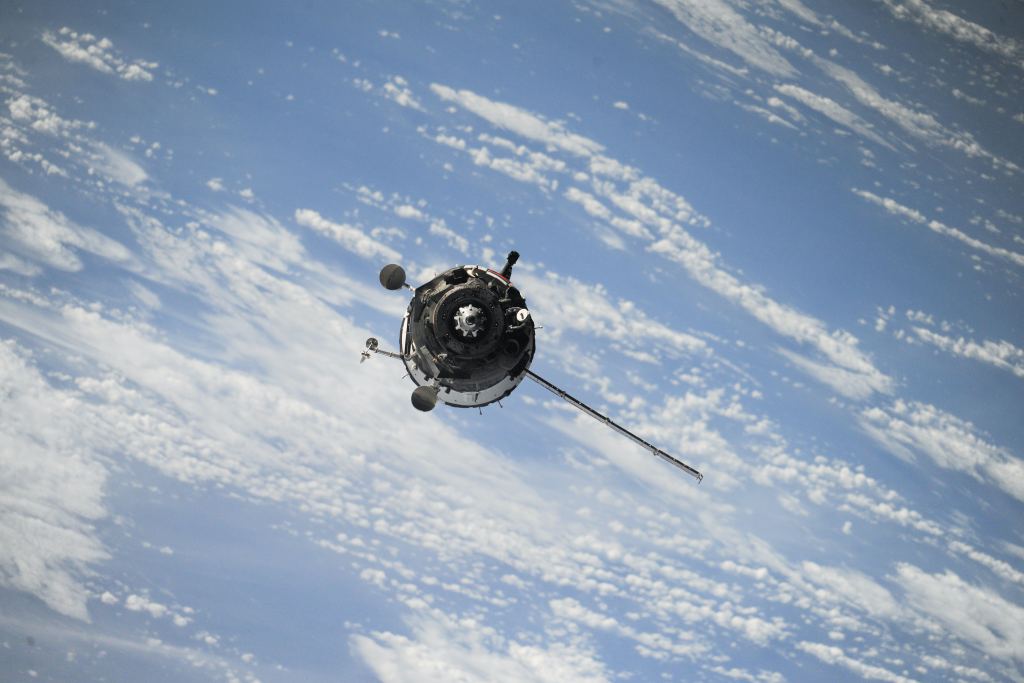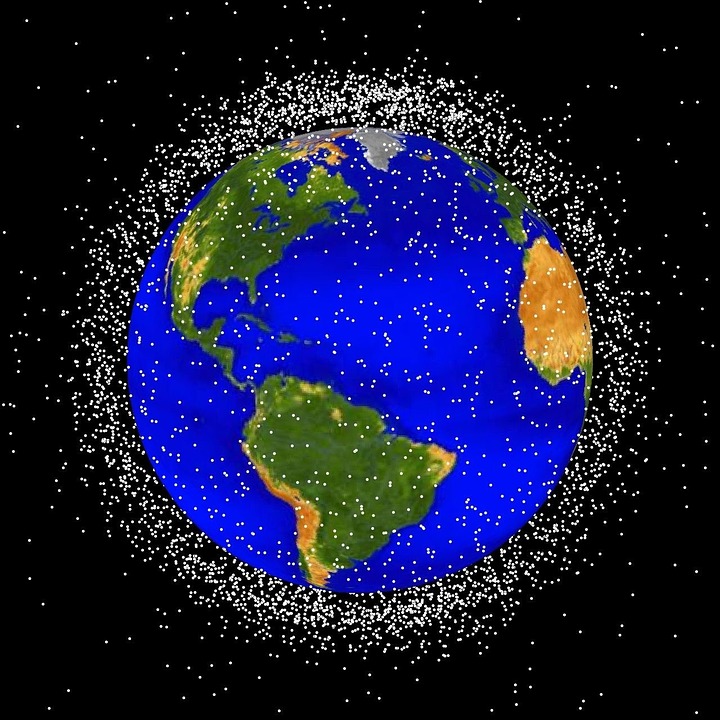An article published in Nature Astronomy makes a strong case to declare the orbital space around earth an ecologically protected environment. It was part of a submission to the US Court of Appeals in August last year and was filed by several organisations in response to license amendments granted by the FAA to SpaceX for Starlink satellites. To understand why this is so important, it may help to remember that orbital space is a “common” area, like “International Waters” in our oceans, so it is not currently protected by a single country or organization.
In 1833, William Forster Lloyd described the economic principle of “The tragedy of the commons”. It states that any common area or resource that is “public” and belongs to everybody will be mercilessly exploited and ultimately depleted. We’ve seen this for thousands of years in the depletion of minerals and the extinction of whole species. And now, the most recent example is the rapidly growing number of artificial objects in orbit around Earth, including mega-constellations of satellites owned by companies like Starlink.
The article, titled “The case for space environmentalism,” draws a stark comparison between environmental threats on the planet’s surface and the unrestricted exploitation of orbital space. The threat is incremental, and comes from multiple contributors, so the question is whether orbital space should continue to be classified as a “global commons,” commercially exploited and treated as “free”.

But what counts as “orbital space?” Back in the 1960’s, the Fédération Aéronautique Internationale (FAI) attempted to define where the atmosphere ends and space begins. They settled on an altitude of 100 kilometers above sea-level and called it the Kármán line (after Theodore Von Kármán, the engineer and physicist who first proposed it.) Although there are competing standards for where space begins, most regulatory bodies have accepted the Kármán line, or something very close to it, as an international standard.
Most space activity happens in a 36 000 km thick shell around the earth, starting at the Kármán line. This “near orbital space” is broken up into 3 distinct sections: Low Earth Orbit (LEO), Medium Earth Orbit (MEO) and Geosynchronous orbit (GSO). Low earth orbit represents altitudes between 100 km and 2000 km. This is the area where most artificial objects can be found, including active satellites and space debris. It is a busy “space highway” for communications, military, and scientific traffic. At this altitude, a full orbit takes approximately 90 – 120 minutes. There are enough large objects in this zone that anybody looking up from earth will likely see something crossing over every minute or so. Because there is still a thin wisp of atmosphere at such a low orbit, atmospheric drag limits the lifespan of any object in LEO, meaning that things break up faster. But its proximity to earth means that there is very little delay in communications. This is important to understand, because satellites can be sent higher up into MEO (20 000 km) and GSO (35 786 km) regions. At these altitudes, there is better coverage of the earth’s surface, and the hardware contends with less drag, so it lasts longer and requires fewer satellites. The downside is that signal delays are inevitable at these altitudes. So newer broadband services have taken advantage of plummeting launch costs to deliver thousands of smaller satellites into LEO, where propagation delays are measured in milliseconds and signal strengths are stronger.
With so many satellites in such low, unstable orbits, we can expect a steady rain of objects falling back to earth and burning up in the atmosphere, dumping thousands of tonnes of exotic minerals and chemicals into the upper atmosphere. The long-term effects of this are yet to be discovered, but environmentalists are starting to worry.

Their main concerns cover the physical threat of space debris in our atmosphere, as well as more complex issues, such as public access to the stars in the form of amateur and professional optical astronomy. With so many constellations of satellites obscuring our view and increasing an already rampant light pollution problem, technical and observational exploration also becomes problematic. Compounding the issue is the threat to long-term scientific research including the impacts on wide-field survey instrumentation and radio astronomy.
With all these factors combined, it is not an exaggeration to say that we are making a terrible trade-off. We’re trading our ability to study the universe and all its wonders for cheaper, faster communication on earth’s surface, and risking physical harm to our planet.
But is this a problem we should be worrying about in our lifetime? Well, in 2008 there were only 2000 active satellites, but recent launches by various companies have more than doubled that number. If all goes to plan, the population is expected to have reached 100 000 by 2030. And although environmentalists are proposing that we urgently regulate the region and establish a “Traffic Footprint”, like the Carbon Footprint, these warnings and recommendations are not being taken seriously enough.
Learn More:
A Case for Space Environmentalism
The post Should Low Earth Orbit be a protected environmental ecosystem? appeared first on Universe Today.
No comments:
Post a Comment